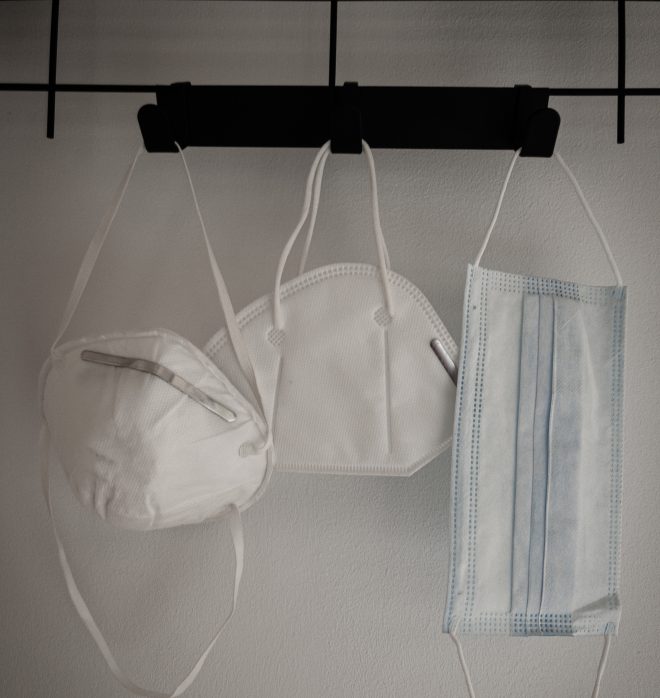I waited.
“Dad, it’s a process,” my daughter said. She took the caps off each appealingly labelled product and sniffed. “This one smells like the beach!”
I took a whiff and smiled. “Yes. It does.”
Then I muttered something about chemicals as we made our way to the register.
Every spring, I review the Environmental Working Group’s sunscreen review and order a product I consider safer and more effective than the commercial brands available in most retail stores. This year, though, I forgot the sunscreen. Which meant my daughter and I headed into the shops.
What I saw there confirmed my suspicions: products focused on hyped-up marketing claims, with dubious ingredients. It used to be that you could walk into any beach store and buy sunscreen products from a variety of vendors, with an SPF of 2 through 15. Then, 30 came out … then 45, then 50, 60. Now, there are sunblocks claiming an SPF of 100!
Sunscreen is convenient, smells good, and looks clean, especially when it blends in, allowing your natural skin to show through. In today’s culture, an uncovered body at the beach, glistening in the sun, is much more alluring than one cloaked in a long-sleeved shirt, long pants, and a hat. Even though the latter is much more effective at blocking the sun’s potentially damaging rays, sunscreen is clearly most people’s choice.
It is important, though, to understand how sunscreen can potentially damage your body while it protects your skin. The skin is alive. It is our body’s largest organ — and we need to protect it. Sunscreens can help do that, by blocking a small bandwidth of electromagnetic radiation from reaching and harming your skin. That bandwidth — and the effectiveness with which they can achieve this protection — are specific to each product. But sunscreens touting an SPF are designed to block the ultraviolet blue-B (UV-B) frequencies. Broad-spectrum products block a wider swath of UV radiation, including both the UV-B and UV-A bandwidths.
Without that protection, with increasing sun exposure, your risk for sunburn increases. Unfortunately, unpredictable effects, referred to as stochastic effects, also occur with increasing exposure, which can include the development of cancer.
It can be a balancing act, though, because while sunscreen can help protect your skin, many sunscreens do so through the use of chemicals. Skin absorbs many materials applied to its surface, which can enter the bloodstream and affect the body’s function. Chemicals used in personal care products, including sunscreen, can affect the endocrine system and throw your hormones off kilter. We slather this liquid all over our bodies, and if following directions, repeat application several times a day. By the end of a beach vacation week, you have undoubtedly absorbed a heck of a lot of toxins through your skin, depending on the product(s) you used each day.
That’s why I consult the EWG every spring and choose one of their recommended sunscreens.The EWG considers zinc oxide and titanium dioxide as the safest sunscreen ingredients to effectively block UV-B radiation. The EWG even considers nanoparticles of these compounds as safe for skin application, since the nanoparticles aren’t apparently absorbed into the skin, at least according to blood tests. From my experience though, blood tests don’t usually tell the whole story. Toxins can bioaccumulate in the body’s tissues without continuously circulating in the blood, where it can be extracted during a blood test. The detrimental environmental impact of nanoparticles is another matter you may wish to consider before choosing a product utilizing this technology.
Which SPF to Choose?
We’ve been trained to look for the highest possible SPF. I think the general, nonscientific consensus is that if you want to protect yourself from sunburn, you want the higher number — because in Western culture, more is better. But a super-high SPF is no guarantee of protection. You have no doubt witnessed people at the beach or the pool spraying on a product touting an SPF 50, missing large swaths of their skin surface, only to have angry red splotches and bands of sunburn at the end of the day.
When some people apply a sunscreen of 50 or 60, they think they can spend the whole day out in the sun, completely protected from damaging ultraviolet rays of the sun. But they aren’t. Although most of the discussion re: skin cancer is centered over our exposure to ultraviolet light, some believe that all frequencies of electromagnetic radiation can have biological effects and in excess can cause skin damage, including cancer formation. And, by the way, I’m one of them. You have no doubt heard that melanoma can occur between your toes and in other parts of your body where the sun don’t shine!
What I Recommend
Taking antioxidants such as 1000 mg Vitamin C twice a day is a great supplement that can help rid your body of unwanted potentially damaging compounds brought from excessive sun exposure. In addition to taking antioxidants, I do recommend you wear sunscreen if you plan to spend an extended amount of time in the summer sun. Check out the Environmental Working Group’s sunscreen list. See how your usual product rates and then choose from among the many brands they deem safe. I personally like thinksport for lip protection and sunumbra for body and face. But, there are many excellent brands to choose from.
I believe SPF choice is personal and dependent on skin type. I personally wear a sunscreen with a lower SPF because I like to feel the sun’s intensity so I can better judge when I’ve had enough and need to either head inside, or go under cover. Regardless of the SPF you choose, if you are going to be spending the whole day out in the sun at the beach or elsewhere, bring an umbrella, a hat, sunglasses, and perhaps long-sleeve clothing to cover up in when you’ve had enough sun exposure. Plan to spend at least part of the day under cover. Giraffes do it, so can we!









